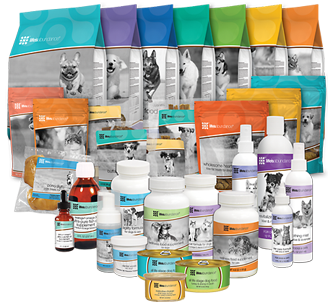Natural Disaster Planning Guide for Pets
01/05/2007
disaster strikes. Each year, millions of animals become displaced due to natural
disasters, never to be reunited with their owners. Pets are left behind either
by accident, by force or by choice. No matter what the disaster … whether
brush fires, floods, hurricanes, tornadoes or earthquakes, the common
denominator is keeping your family and your furry loved ones safe.
and put it all in a water proof, fire proof place. Current health certificates
are required to cross state lines. Proof of rabies vaccination is important.
Be sure your pet is wearing a current form of identification that
will not get lost if he is taken from or leaves the home. Be sure your cat has a
break away collar. These collars are elastic and if your cat runs into something
like a branch, she won’t choke. Cats need permanent ID’s; such as, tattoos and
microchips. The ID should contain two phone numbers—yours and someone in
another part of the state or county. Plan a safety zone for your
pet. Discuss it with your family so everyone is on the same page. Hallways and
closets are relatively safe in the event of a
tornado.
For dogs not in crates, put them
in a place that is out of the way to keep them safe from flying objects, yet
allows them to see or hear you. Ideally, it should be a place that is easy to
access so you can move your dog on short notice. You may also want to ask your
vet for tranquilizers in the event that you may need to calm your pet down. Be
sure to try them out prior to any disaster to see which dose is best for you and
your pet. For instance, if you give too much to your 100 lb. dog, he will become
too drowsy, making it mighty difficult for you to get him up or down the
stairs.
Dr. Jane highly recommends
putting small to medium sized pets in carriers. They’re much safer for the pets.
Put something in the carrier that has a familiar smell. Place newspapers on the
bottom or pee pee pads for absorption of urine, along with a towel. Cover parts
of the carrier so your pet will feel cocooned in safety. Dr. Jane prefers
typical airline approved type carriers. Putting two animals together is not a
bad idea—just make sure the carrier can accommodate them both comfortably
and that they get along.
Always have a two week supply of dry or
canned food, water and any medications your pet may require. Include kitty
litter and grooming tools.
Have handy a first aid kit on
hand. You can buy one or make one of your own. Your vet would be happy to
assist you.
Get a decal for your door, stating the number of
animals and the types. Remember, preparation is key. For more info on
preparing for natural disasters, go to: The American Humane Organization www.americanhumane.org and/or
the Humane Society of the United States , www.hsus.org.


 Life's Abundance Pet Foods
Life's Abundance Pet Foods
Leave a Reply